The COP26 took place from October 31, 2021 to November 12, 2021, and brought together world leaders and states to face the imminent climate crisis, in search for sustainable solutions and agreements – and the reaffirmation of existing ones, for the reduction in the emission of carbon dioxide (CO²) and other greenhouse gases (GHG) in the atmosphere, that have been accelerating global warming since the beginning of the industrial revolution, since, due to anthropogenic actions, the natural balance of the planet has been altered , and since then, we have started a race to contain the effects of our own actions.
Since 1995 this conference has taken place between the signatory parties. Over the years, the significant increase in the presence of representatives for the preservation of the climate and environment, as well as the presence of existing traditional peoples, is notorious. . Although decisions are made only by State representatives, it is important to highlight the faces of the different realities observed by those who actually live them, therefore, the space for them to speak is as necessary and essential to contain the climate crisis as that of those who make the official speech and sign the papers.
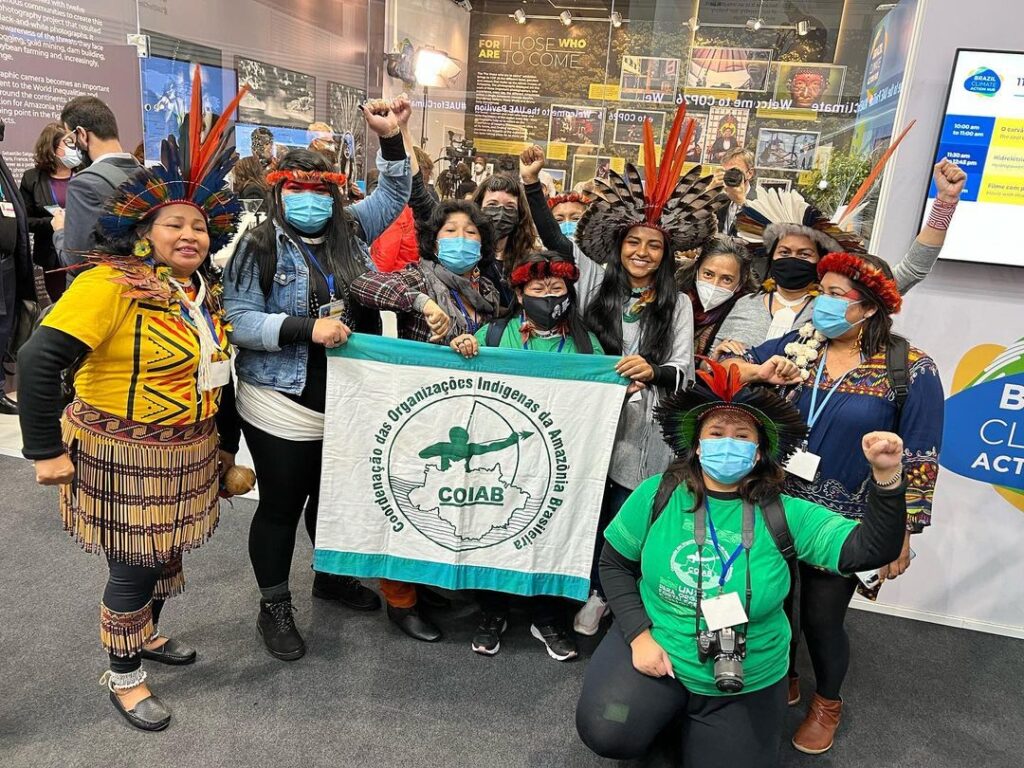
To this end, the Juma Institute was present at COP26, taking our message of struggle and defense of the planet, with emphasis on the processes suffered in the Middle Xingu region, such as hydroelectric plants, mining, agrarian issues, among others, directly affecting our regional ecosystem, which triggers a series of environmental and climatic problems that are felt across the globe, reaffirming the interdependence of natural processes and their direct dependents, us, living beings.
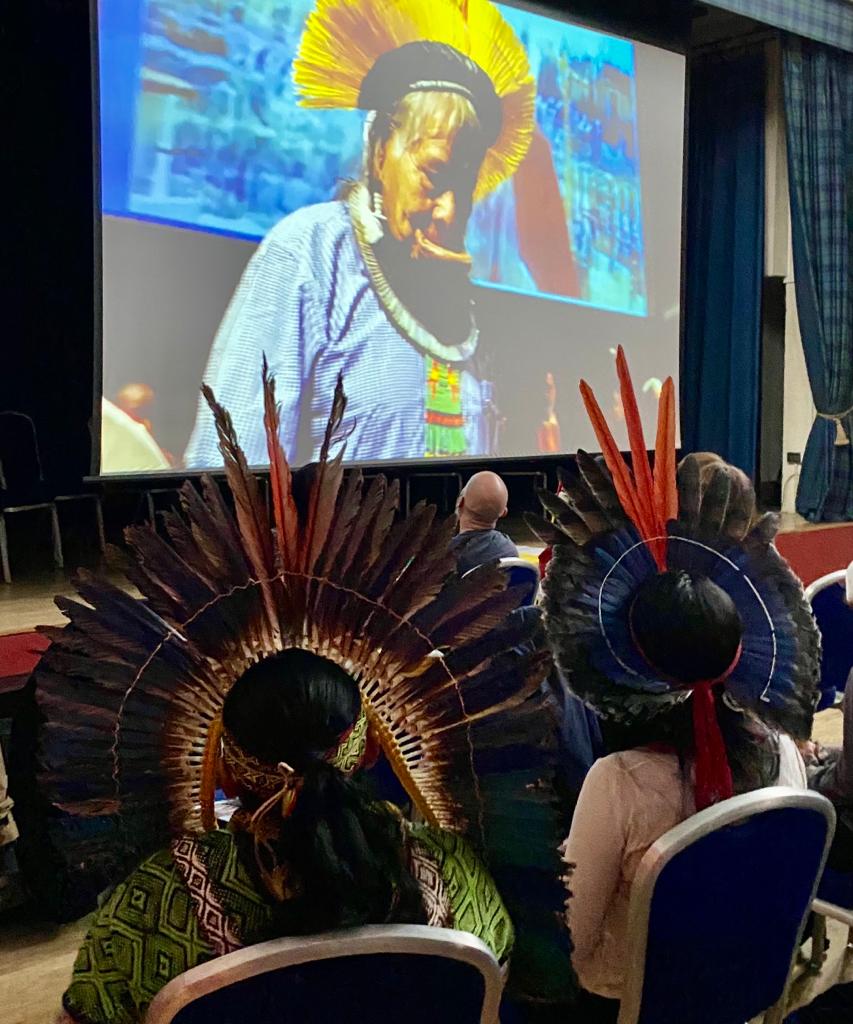
In one of speeches of the Institute’s president, Juma Xipaia, she highlighted the importance of the Amazon biome to the world:
“The Amazon isn’t just for indigenous peoples, it’s for the entire planet, whatever their nationality. Everyone benefits from what the Amazon does. You only still have the Amazon because indigenous peoples are there protecting it.”
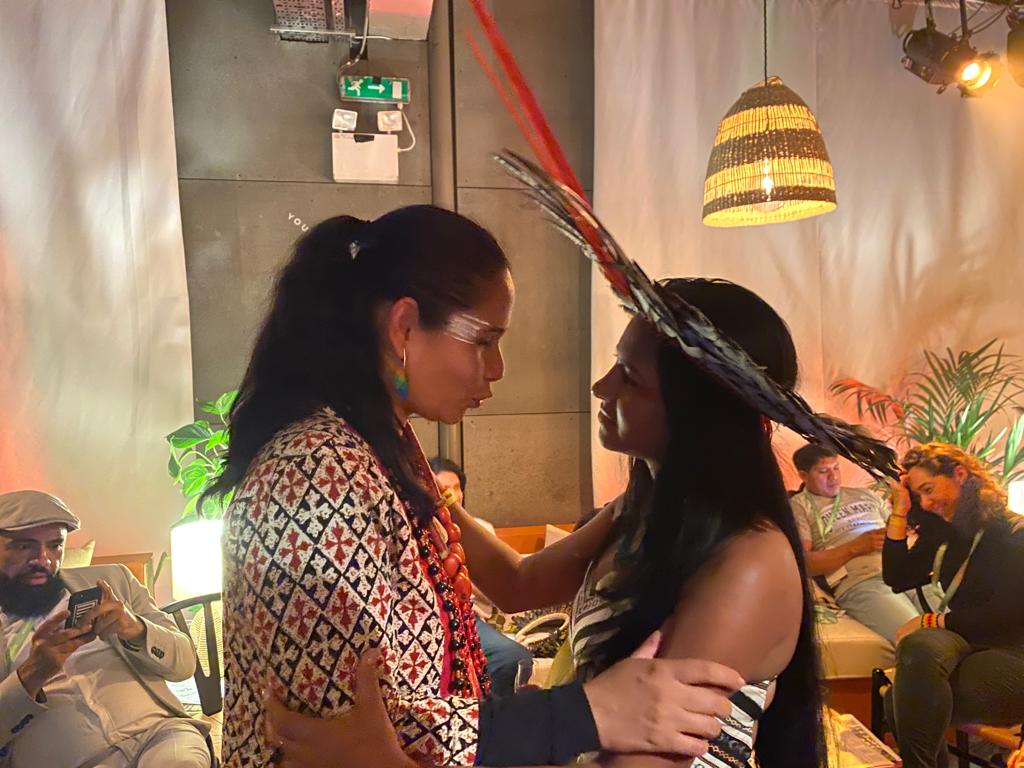

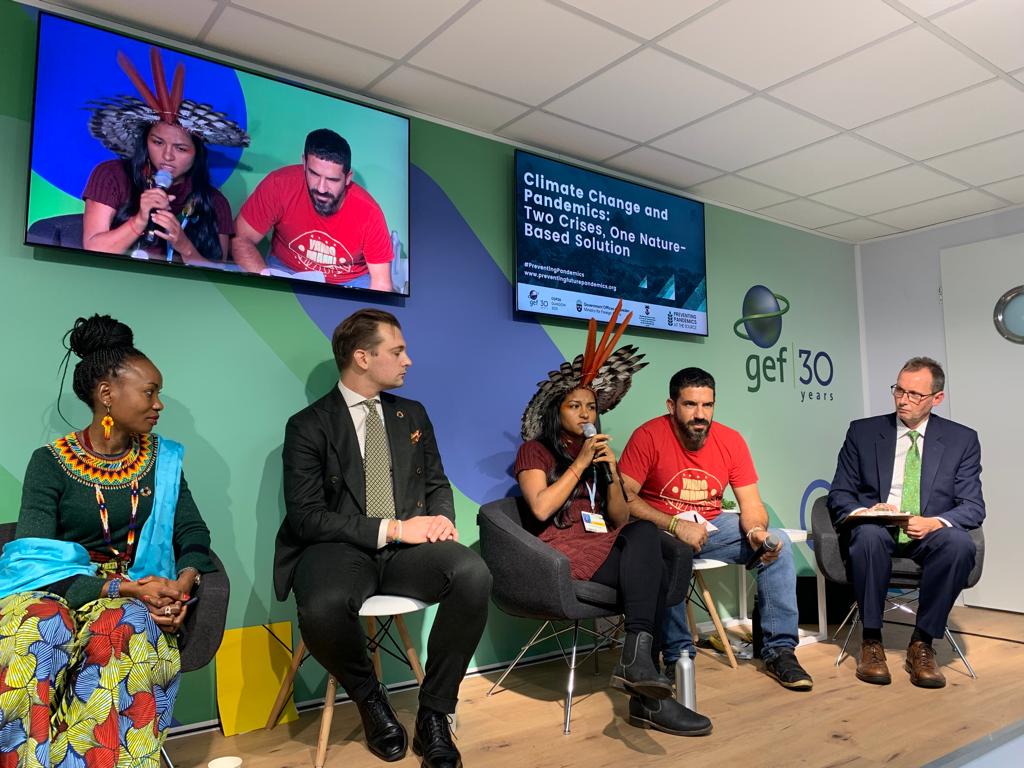
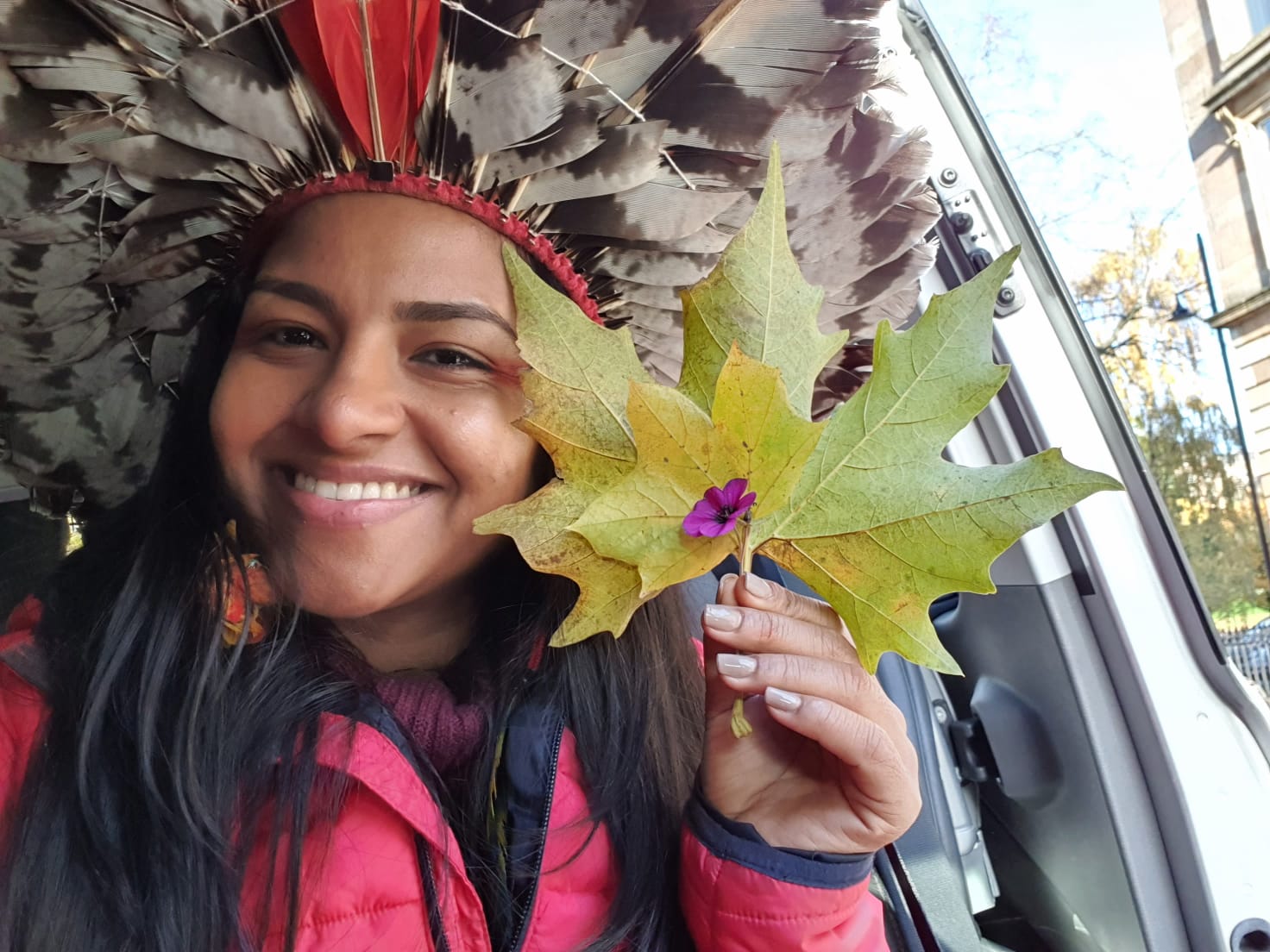
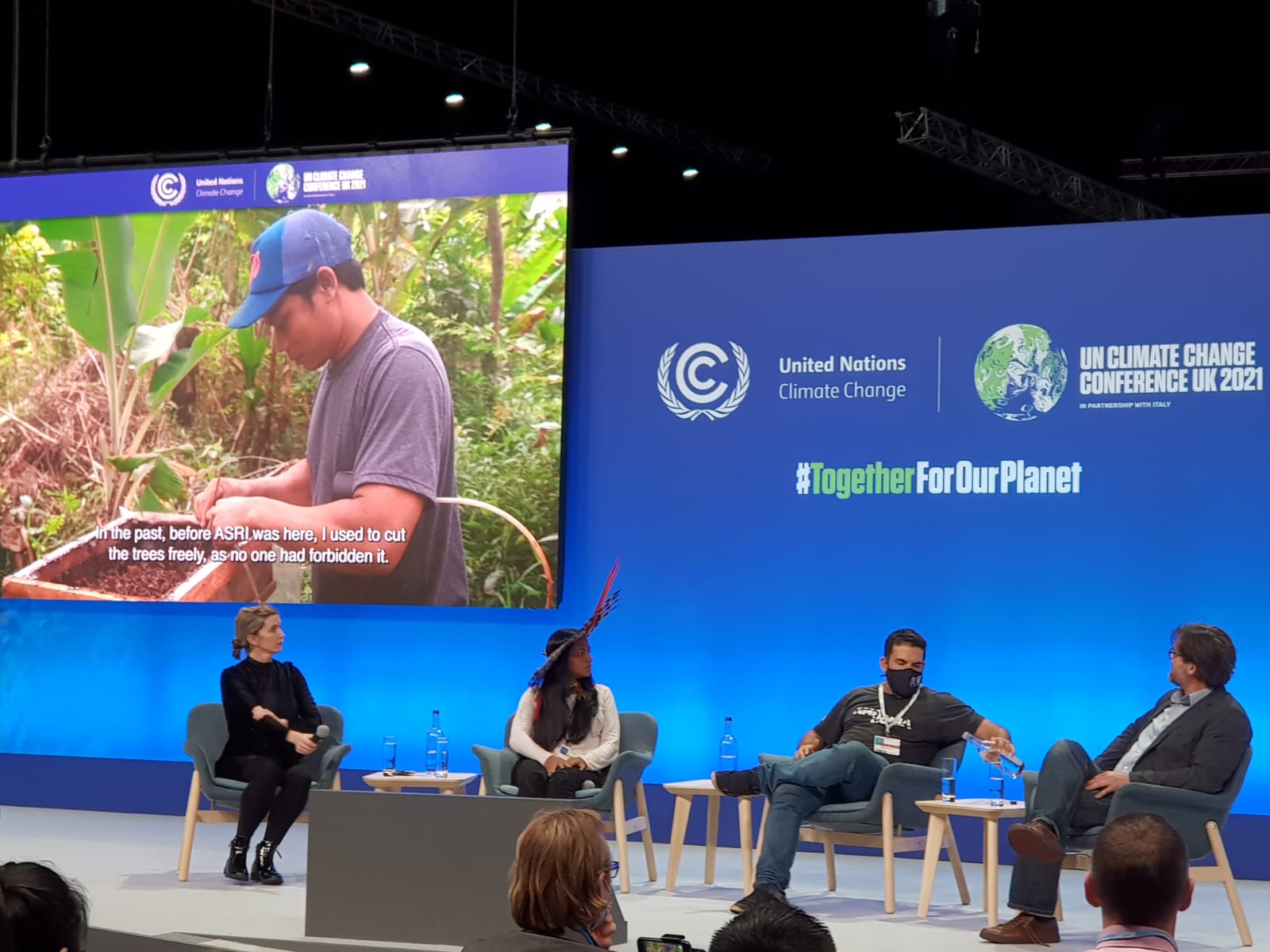
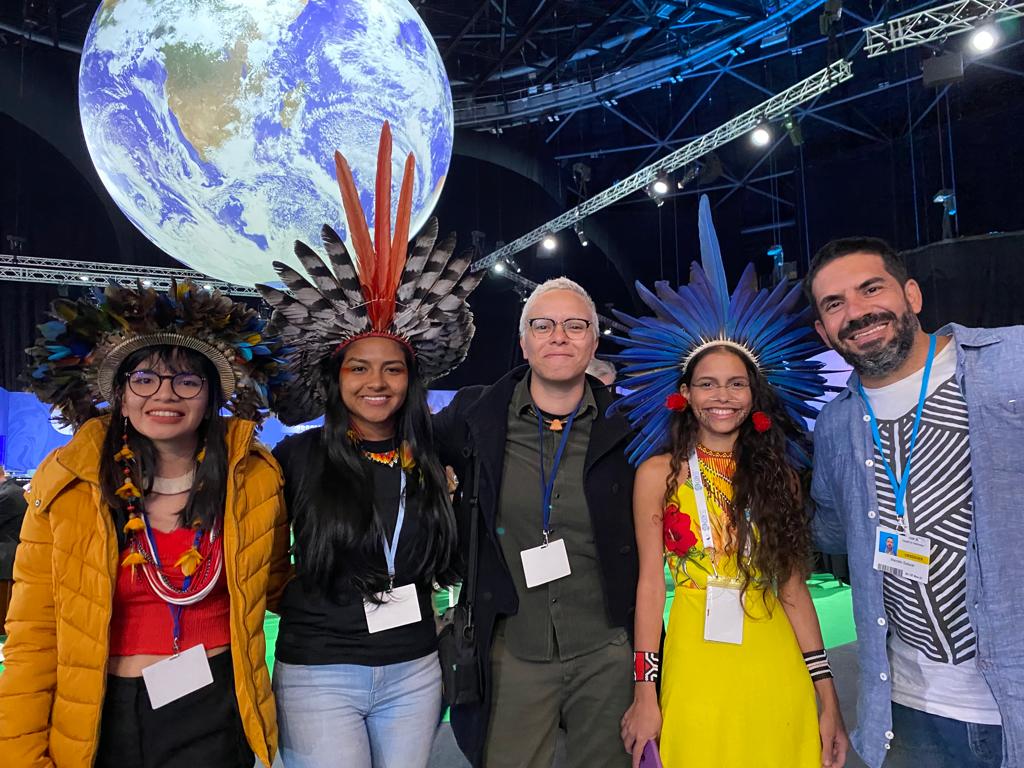
It is also worth mentioning that our message during the conference and other parallel agendas was not limited – and is not limited – only with regard to our territory, or the Amazon biome, after all, the struggle for life is not limited to to this, because, since everything is interconnected, we must treat and take care of all biomes, since all are necessary for the permanence of life, specifically, those that only exist by virtue of certain faunas and floras.
Among the various concurrent agendas, one, specifically, addressed the energy solution relating hydroelectric plants and their harmful contribution to the climate crisis. For the installation of hydroelectric plants, no matter how small the impact area, natural cycles are altered or interrupted in order to gain control of the water resources in question, this change does not involve only the water issue, but the entire environment that runs through the affected region. Certainly, altering, even minimally, any natural cycle causes a major environmental catastrophe, considering, only in relation to the climate situation, an increase in local temperature can be observed, as a result of deforestation in the area, there is also mass death of animals from rivers, causing significant alteration in the food chain. Quantifying the disasters and lives that are lost in the installation of any hydroelectric plant, make them true exponents of the local urban and social crisis, and, to a lesser and greater degree, environmental and climate. In view of this, the financing of these projects does not make development viable, it makes destruction viable, as well as exposes Juma and other indigenous leaders.
Regardless of the situation, our mission as an institute is not just about presenting the problems and their causes. But rather, jointly develop truly sustainable solutions, adapted to local realities and needs. However, it is necessary to expose the atrocities that affect us and make us vulnerable in the name of development and progress, to show the other side of the coin, so that it becomes clear that it is not a matter of price, but of lives.The Juma Institute seeks to develop in its general actions the protection of the environment and the autonomy of indigenous peoples, and during COP26, this was the message that we brought in our positions and carried in our objectives. Finally, we know the importance of collectivity and partnerships to carry out our dialogues and resolutions, even if, in general, we do not have the power to decide, we understand the need for our speeches and our presence in these global events, so it was empowering to be part of the largest indigenous entourage of this conference, carrying the voice of those who feel represented by us. We thank the indigenous organizations for their support, as well as the Articulation of Indigenous Peoples of Brazil (APIB), National Articulation of Indigenous Women Warriors of Ancestrality (ANMIGA), Coordination of Indigenous Organizations of the Brazilian Amazon (COIAB), Federation of Indigenous Peoples of the State of Pará (FEPIPA) and Mídia India. Furthermore, we also thank the non-indigenous organizations that supported us, in particular the organization Uma Gota no Oceano, represented by Maria Paula Fernandes. And, a special thanks to the organization Health in Harmony, which made all these moments possible, providing direct support to the Institute’s representative, Juma Xipaia, throughout the COP. We recognize everyone who, in some way, helped us directly or indirectly, our reality and sustainable development goals, we know that this can only be built, when we unify peoples, and focus on our central objective, we create more ideas to postpone the end of the world, as the indigenous writer, Ailton Krenak says, and, according to the Xamã, Davi Kopenawa, in this way, we will be able to avoid the fall of the sky.
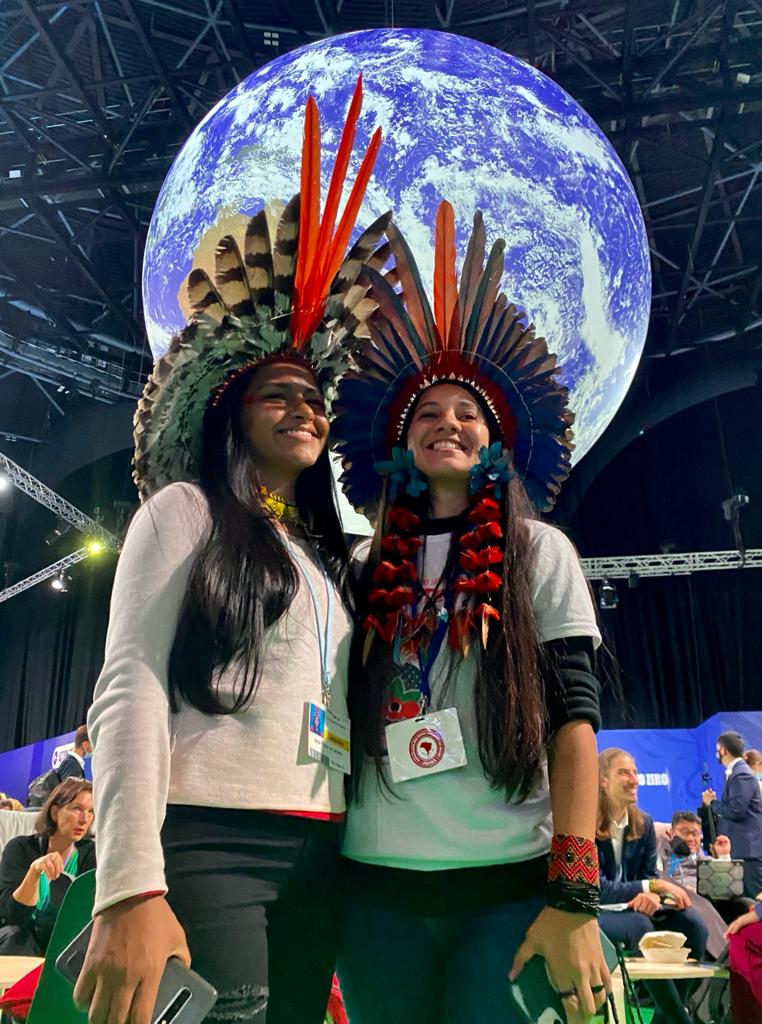
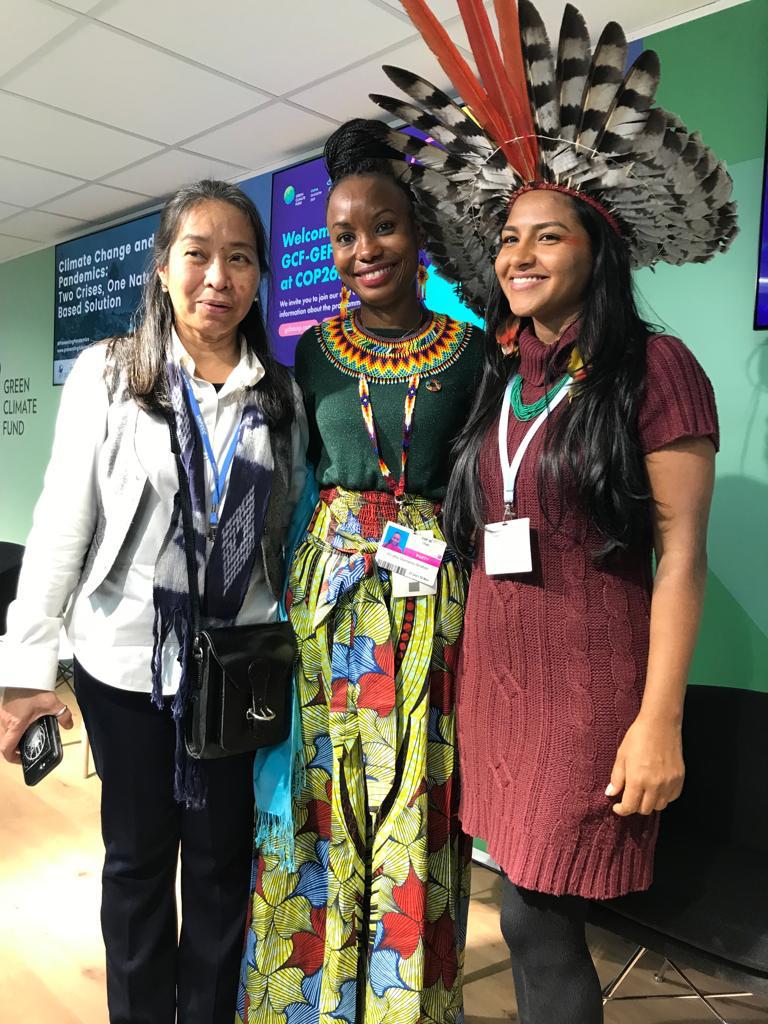
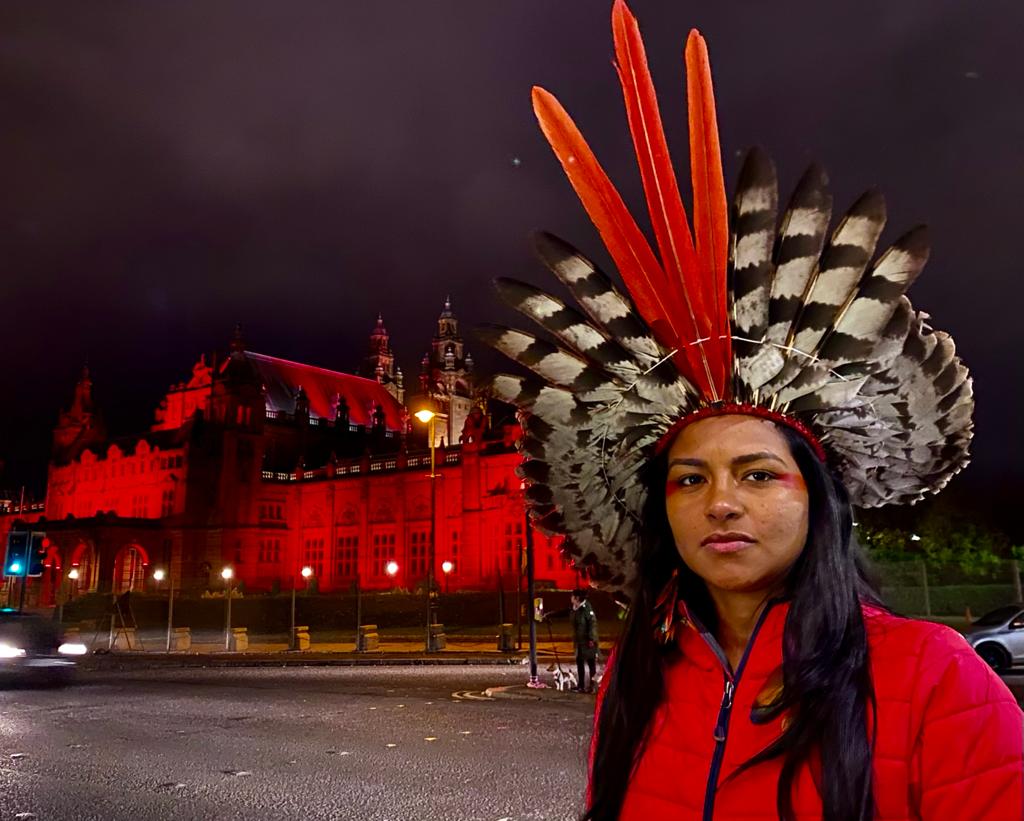
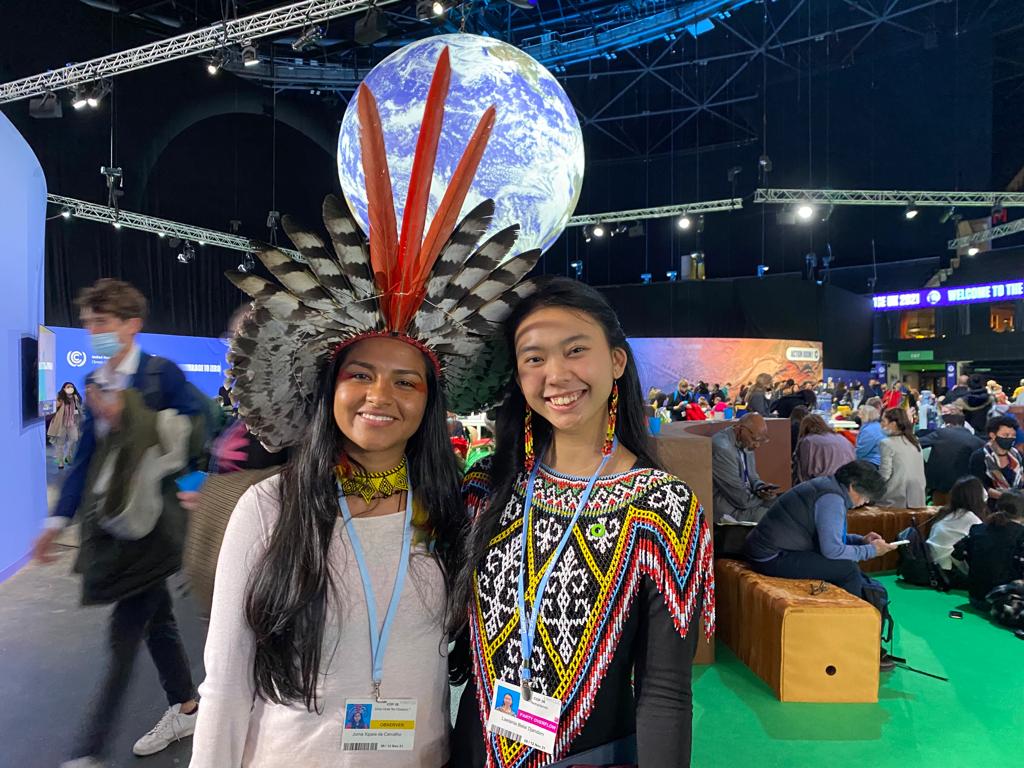
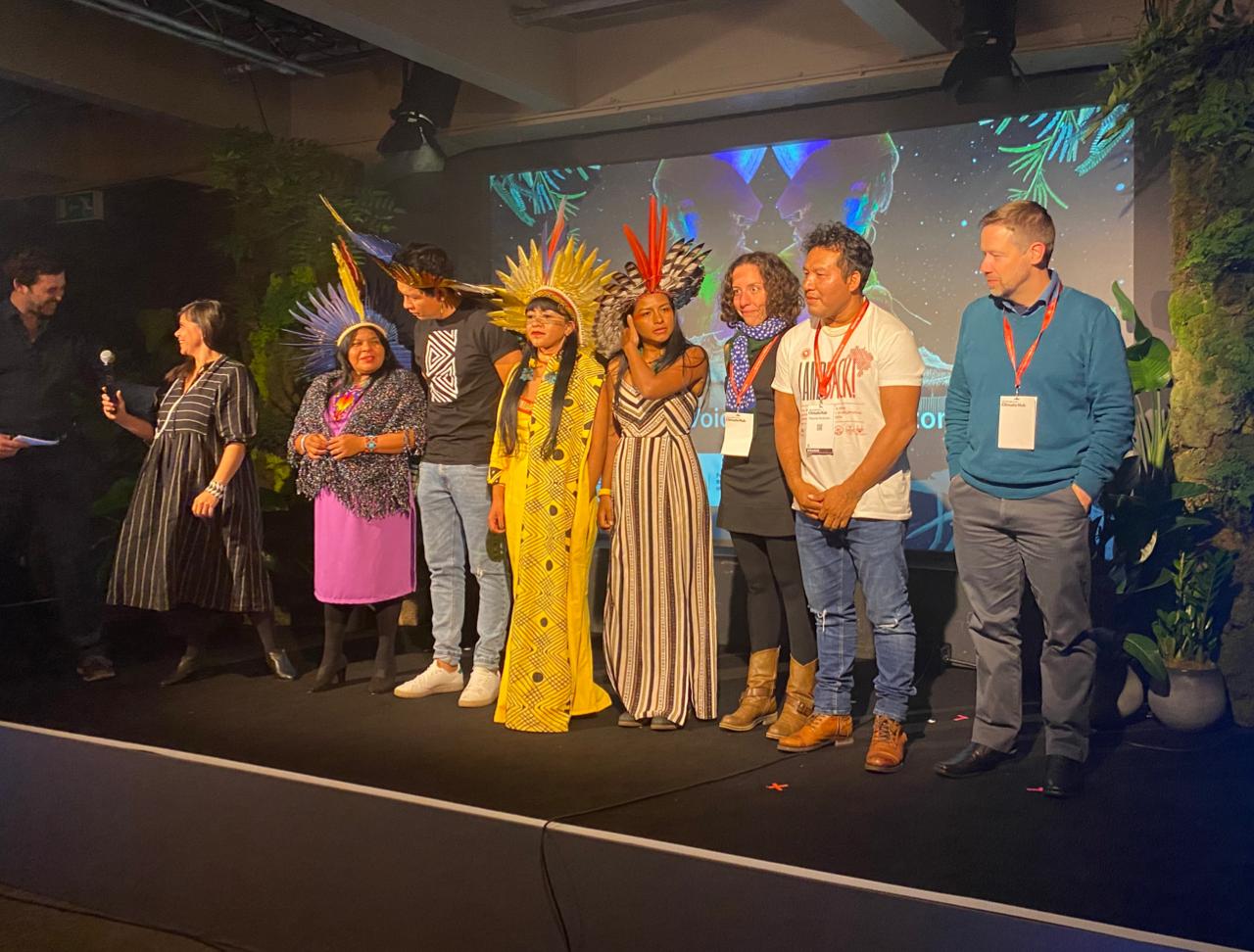
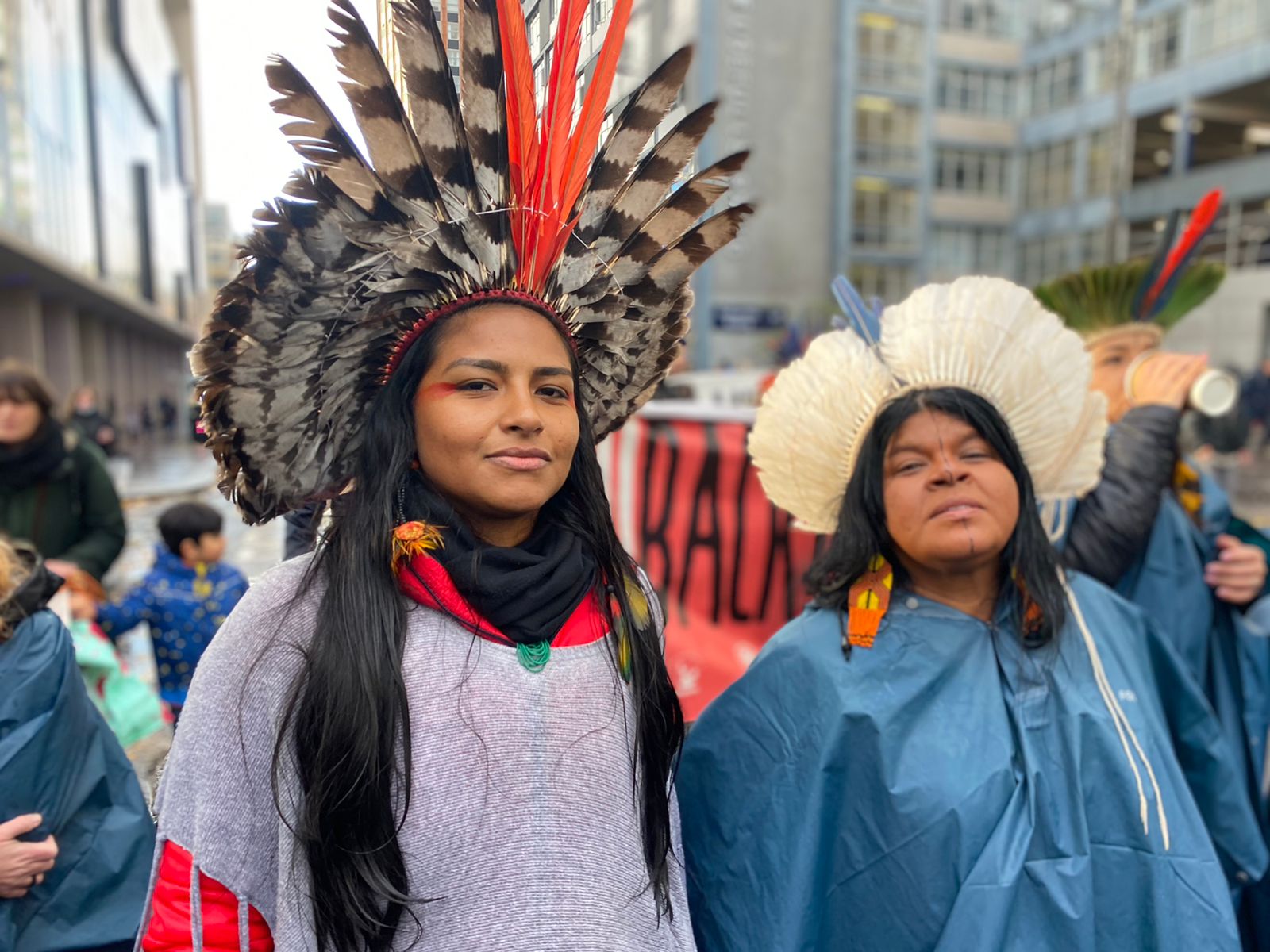
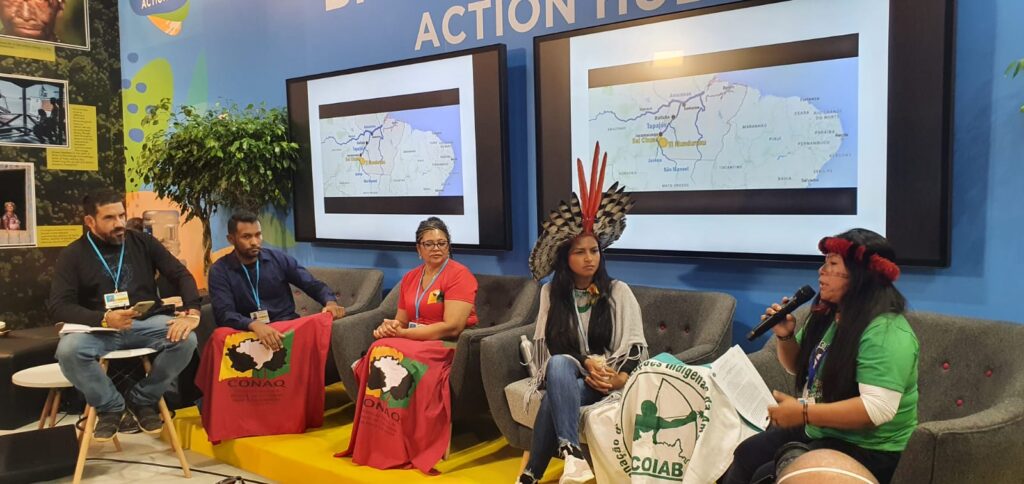
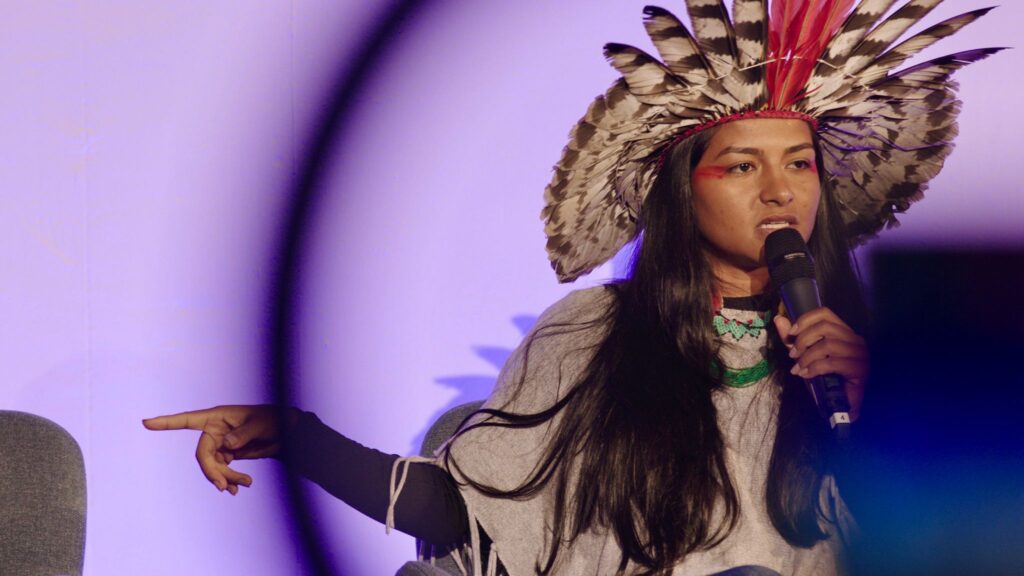
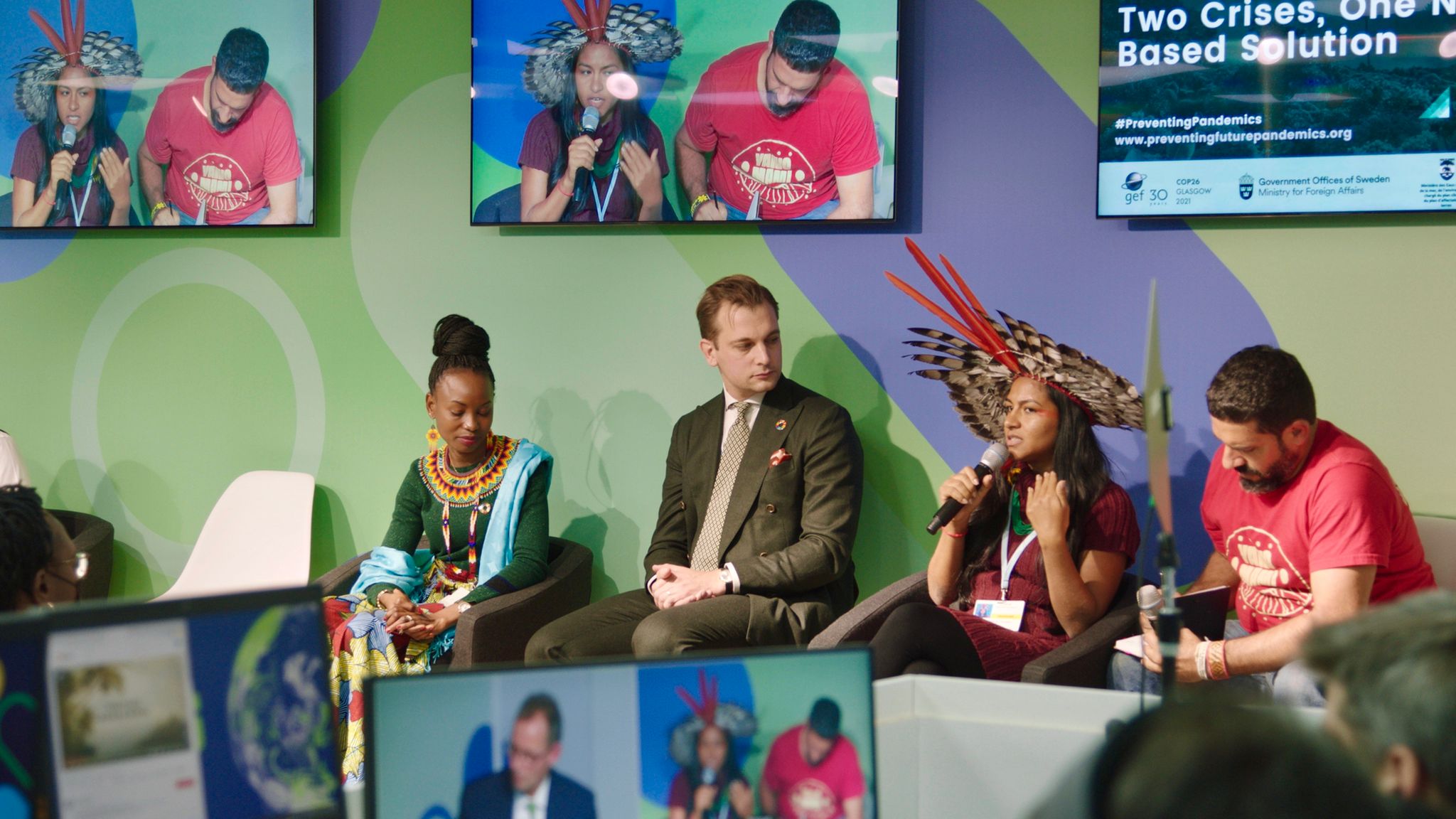
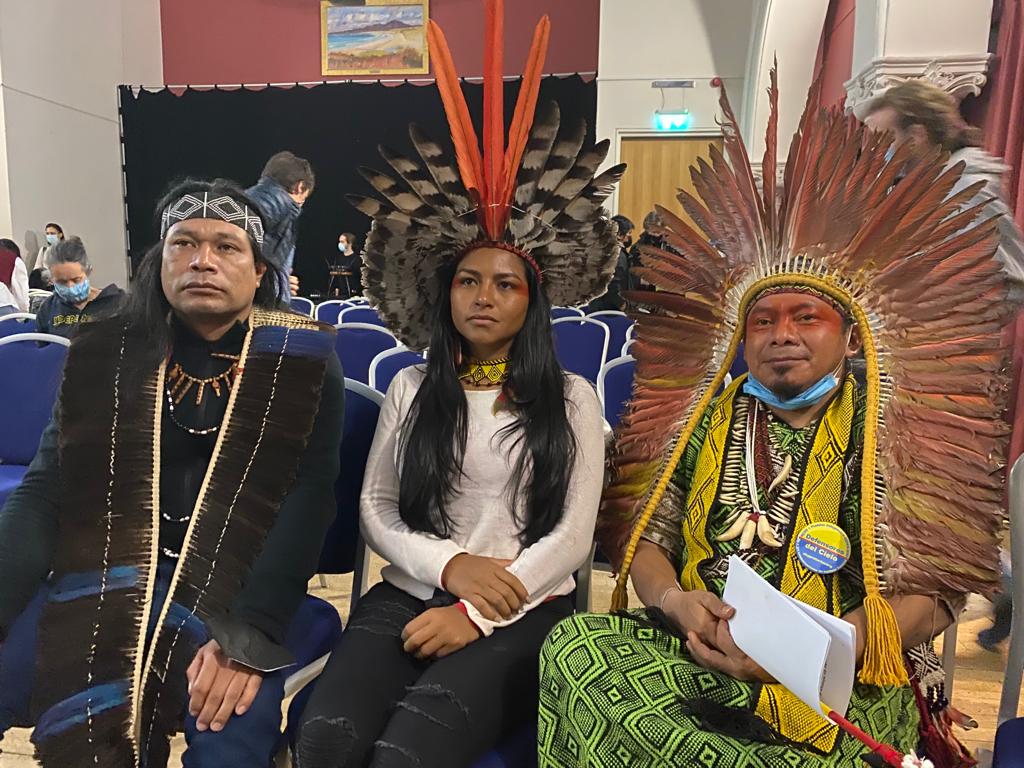


Thanks for your blog, nice to read. Do not stop.